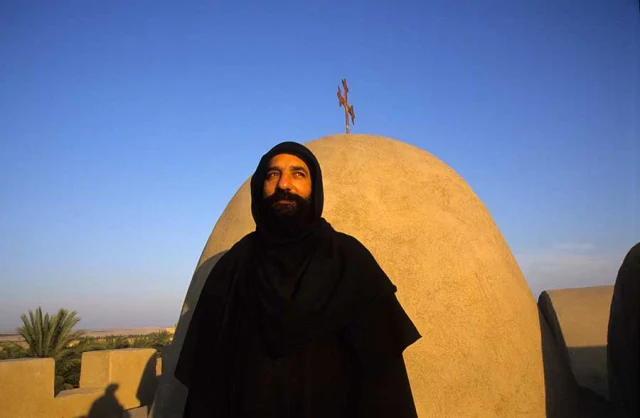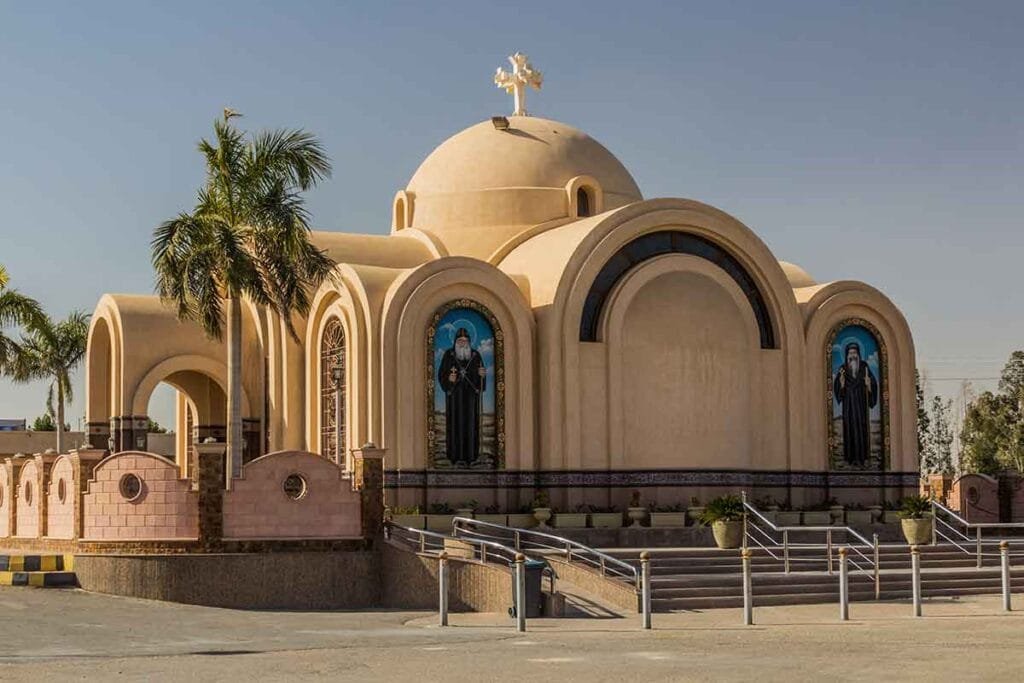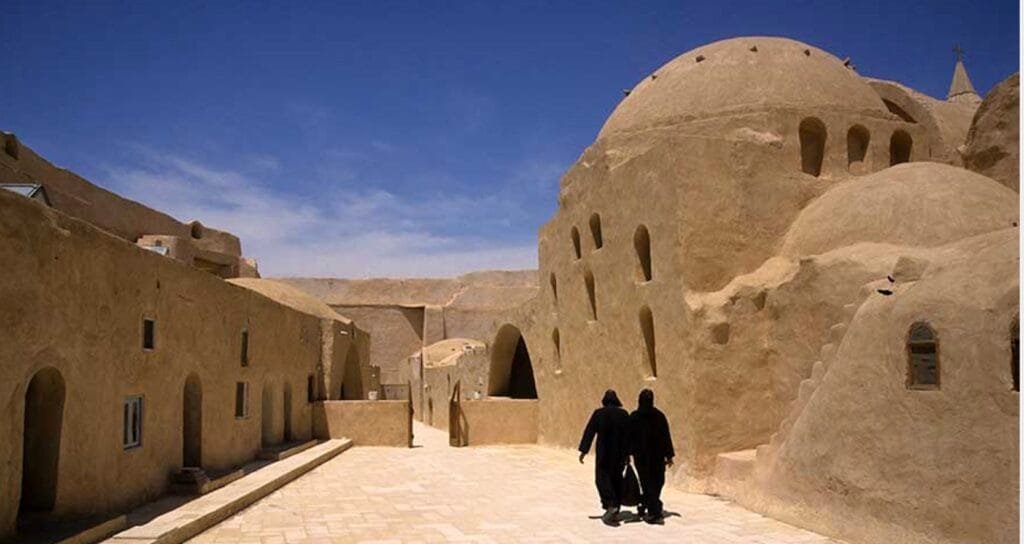- Egypt Tour Magic
- Egypt Tour Packages
- Excursions in Egypt
- Cairo Tours and Excursions
- Hurghada Tours and Excursions
- Soma Bay Tours and Excursions
- Makadi Bay Tours and Excursions
- Sahl Hasheesh Tours and Excursions
- El Gouna Tours and Excursions
- Marsa Alam Tours and Excursions
- Port Ghalib Tours and Excursions
- El Quseir Tours and Excursions
- Dendera and Abydos Day Tours
- Aswan Tours and Excursions
- Luxor Tours and Excursions
- Alexandria Tours and Excursions
- Sharm El Sheikh Tours and Excursions
- Top Rated Tours in 2025
- Optional Excursions in Egypt
- Private Transfer
- Blogs About egypt
- Ancient Egypt
- What You Need To know Before Your First Trip To Egypt
- Best Places to Visit in Egypt 2025
- Top Attractions in Red Sea Resorts 2025
- Top 10 Tourist Activities in Egypt
- Top 30 Activities You Can’t Miss in Egypt
- The Guide to Guided Tours in Egypt
- Egypt’s Ancient and Modern History
- The Nile River
- The Deserts of Egypt
- Historical Sites in Egypt
- Cairo
- Alexandria
- Luxor
- Aswan
- The Red Sea
- Dendera Temple
- El Fayoum Oasis
- Bahariya Oasis
- Siwa Oasis
- Al Alamein
- Marsa Matruh
- Ancient Egyptian gods
- famous Egyptian dishes
- UNESCO World Heritage sites
- About Us
- Why Egypt Tour Magic
- Egypt Tour Magic
- Egypt Tour Packages
- Excursions in Egypt
- Cairo Tours and Excursions
- Hurghada Tours and Excursions
- Soma Bay Tours and Excursions
- Makadi Bay Tours and Excursions
- Sahl Hasheesh Tours and Excursions
- El Gouna Tours and Excursions
- Marsa Alam Tours and Excursions
- Port Ghalib Tours and Excursions
- El Quseir Tours and Excursions
- Dendera and Abydos Day Tours
- Aswan Tours and Excursions
- Luxor Tours and Excursions
- Alexandria Tours and Excursions
- Sharm El Sheikh Tours and Excursions
- Top Rated Tours in 2025
- Optional Excursions in Egypt
- Private Transfer
- Blogs About egypt
- Ancient Egypt
- What You Need To know Before Your First Trip To Egypt
- Best Places to Visit in Egypt 2025
- Top Attractions in Red Sea Resorts 2025
- Top 10 Tourist Activities in Egypt
- Top 30 Activities You Can’t Miss in Egypt
- The Guide to Guided Tours in Egypt
- Egypt’s Ancient and Modern History
- The Nile River
- The Deserts of Egypt
- Historical Sites in Egypt
- Cairo
- Alexandria
- Luxor
- Aswan
- The Red Sea
- Dendera Temple
- El Fayoum Oasis
- Bahariya Oasis
- Siwa Oasis
- Al Alamein
- Marsa Matruh
- Ancient Egyptian gods
- famous Egyptian dishes
- UNESCO World Heritage sites
- About Us
- Why Egypt Tour Magic
Wadi Natron: The Heart of Coptic Monasticism and Spiritual Retreat
Wadi Natron, often referred to as Egypt’s Monastic Valley, is a place where history, spirituality, and natural beauty converge. It is home to a cluster of ancient monasteries, many of which were established during the 4th and 5th centuries, making it one of the oldest centers of Christian monasticism in the world. This desert valley, with its salt lakes and striking desert landscape, has played an essential role in the development of Christianity in Egypt, particularly within the Coptic Orthodox Church.

The Monastic Legacy of Wadi Natron
Wadi Natron is widely regarded as the birthplace of Christian monasticism. The area became a spiritual retreat for early Christian ascetics who sought solitude and an austere life of prayer and meditation in the vast desert landscape. The earliest records of monastic life in Wadi Natron date back to the 3rd century CE when Saint Anthony the Great, widely considered the founder of Christian monasticism, withdrew into the desert to live in isolation. His example inspired many others to follow suit, leading to the development of monastic communities throughout the region. Over time, Wadi Natron grew into a major center for monasticism, with monks establishing a life of religious devotion, centered around prayer, fasting, and contemplation. The monasteries of the region became crucial centers for preserving Christian traditions and theological teachings, creating a lasting spiritual and historical legacy that endures today.

The Four Main Monasteries of Wadi Natron
Wadi Natron is home to four primary monasteries, each with its own unique history and spiritual significance. These monasteries continue to function as places of worship and pilgrimage for Coptic Christians. The Monastery of Saint Macarius the Great, founded in the 4th century, is the most prominent and renowned among them. It is named after one of the most influential figures in early Egyptian monasticism. The Monastery of Saint Bishoy, located nearby, is another important site, named after a revered ascetic monk who dedicated his life to spiritual practices. The Monastery of the Syrians, with roots dating back to the 6th century, contains some of the finest examples of Coptic and Byzantine architecture, while the Monastery of Saint George provides a peaceful and smaller sanctuary dedicated to the beloved Saint George. These monasteries are both historical and spiritual treasures that offer visitors a deep dive into the early Christian monastic way of life in Egypt.

The Role of Wadi Natron in Coptic Christianity
Wadi Natron holds an esteemed place in Coptic Christianity due to its pivotal role in preserving the faith during times of persecution. In the early centuries of Christianity, monks and Christian scholars found refuge in the monasteries here, escaping the Roman Empire's hostile stance toward Christians. Over the centuries, it became a safe haven during the Islamic conquest as well. The monasteries were centers of theological study, preserving manuscripts and religious texts that formed the foundation of Coptic Christianity. Many of the texts housed in the monasteries of Wadi Natron are among the oldest surviving Coptic manuscripts, containing prayers, hymns, and teachings from the early Christian period. As a result, Wadi Natron is not only a spiritual center but also an academic and cultural bastion for Coptic Christianity, helping to preserve and shape the religious practices and traditions of the Coptic Orthodox Church.

The Natural Beauty of Wadi Natron
Beyond its historical and spiritual significance, Wadi Natron is known for its stunning natural landscape. The desert valley is dotted with salt lakes, which give the region a unique and dramatic appearance. These salt lakes attract migratory birds, including flamingos, who flock to the area in search of food and a safe resting place. The salt flats add to the stark beauty of the landscape, creating an otherworldly atmosphere. The surrounding desert hills and the serene quiet of the valley contribute to the feeling of isolation and peace, making it an ideal location for spiritual reflection. The natural beauty of Wadi Natron complements the tranquility of the monastic life, offering visitors a chance to experience the awe-inspiring connection between nature and spirituality.

A Spiritual Retreat
Wadi Natron is not only a historical site but also a modern-day destination for spiritual reflection and retreat. Many visitors come to the region seeking a deeper connection to their faith, inspired by the example of the monks who have lived here for centuries. The monasteries still serve as places of worship and religious contemplation, with monks continuing their traditional routines of prayer and service. Pilgrims and visitors are often welcomed to join the monks in their worship services or participate in quiet meditation within the monastery walls. The serene atmosphere and spiritual environment provide the perfect setting for those seeking a moment of solitude away from the bustle of daily life. The simplicity and humility of the monastic lifestyle offer valuable lessons in faith, discipline, and devotion, making Wadi Natron a profound destination for anyone looking to deepen their spiritual journey.

Wadi Natron’s Preservation of Coptic Art and Architecture
One of the most remarkable aspects of Wadi Natron is its rich legacy of Coptic art and architecture. The monasteries in this region are some of the best-preserved examples of early Christian architectural design, blending elements of Byzantine and Egyptian styles. The monasteries' walls are adorned with beautiful frescoes, mosaics, and religious icons, which provide a window into the artistic expression of the Coptic Church from the 4th century onwards. Many of these works depict biblical scenes, saints, and angels, offering a glimpse into the spiritual world that shaped the daily lives of the monks. The churches within these monasteries are characterized by simple yet striking architectural features, such as wooden beams, arched windows, and stone structures, designed to withstand the harsh desert environment. These artistic and architectural treasures are not only significant for religious reasons but also serve as valuable historical documents that showcase the evolution of early Christian art in Egypt. Visiting Wadi Natron allows travelers to witness the intersection of faith, culture, and creativity, providing a deeper appreciation for the artistic heritage of the Coptic Christian community.


